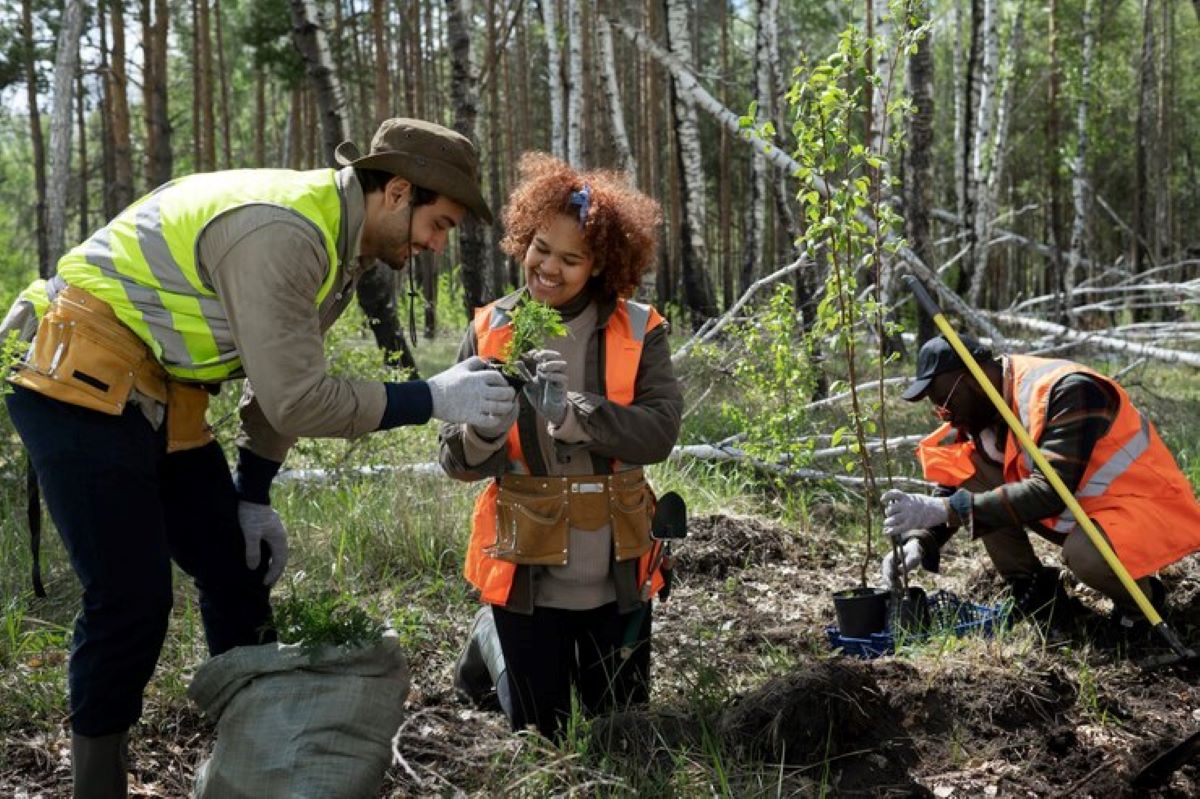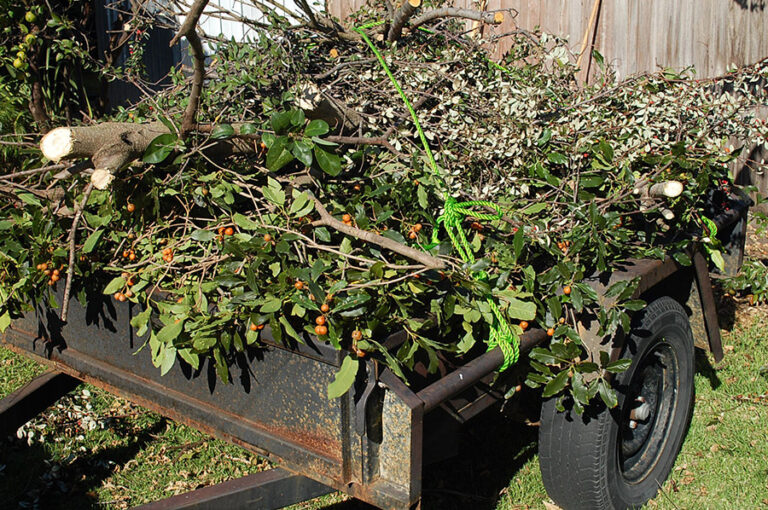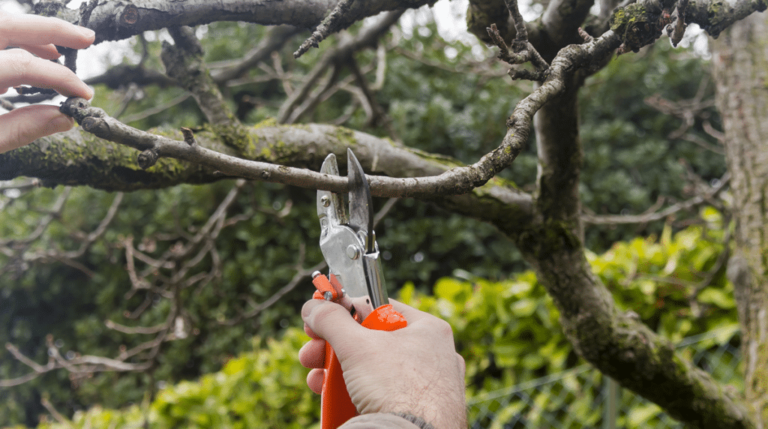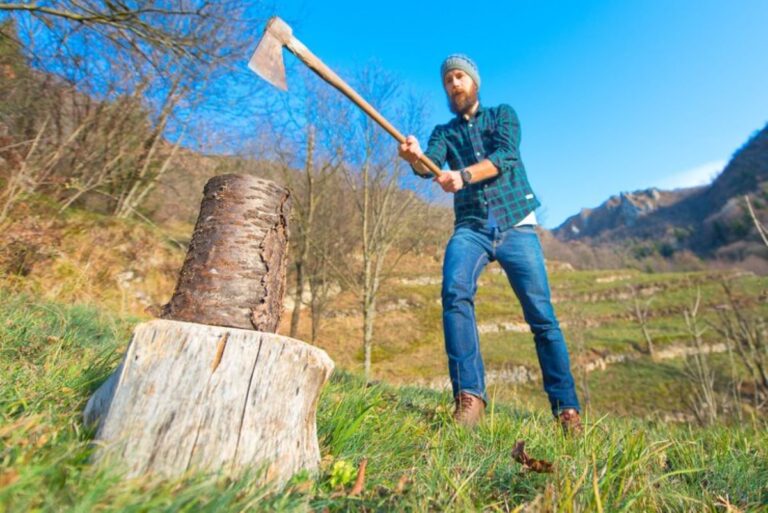Why Local Knowledge Is Key for Safe Tree Removal in the Blue Mountains
In the diverse and breathtaking landscapes of the Blue Mountains, tree removal is an essential service that plays a crucial role in maintaining safety and aesthetics. However, the efficacy and safety of these undertakings are heavily reliant on local knowledge. This article outlines the importance of this knowledge in tree removal processes, especially in this unique environment.
Understanding the Importance of Local Knowledge in Tree Removal
Local knowledge encompasses an understanding of the specific ecological, geographical, and climatic characteristics of the Blue Mountains and tree removal in blue mountains. It allows tree removal professionals to assess situational risks accurately and implement appropriate safety measures. Without this knowledge, the potential for accidents can increase significantly, leading to hazardous situations for both workers and local residents.
Moreover, local knowledge helps in recognizing various species of trees, their growth patterns, and their placement within the ecosystem. This understanding can guide professionals in making informed decisions that not only prioritize safety but also consider the overall impact on the environment. For example, certain tree species may be protected under local regulations, and a deep understanding of these laws can prevent legal issues and promote responsible practices in tree management.
The Role of Local Knowledge in Safety Measures
Safety is paramount in any tree removal operation. Local knowledge enables arborists to identify potential hazards such as nearby power lines, unstable ground, or the presence of wildlife. By understanding these variables, they can develop strategies that mitigate risks, ensuring the safety of both crew members and bystanders. Furthermore, familiarity with local weather patterns allows professionals to anticipate sudden changes that could affect safety, such as strong winds or heavy rain, which might complicate the removal process.
Additionally, professional tree removers with local expertise are familiar with the protocols and emergency procedures relevant to the Blue Mountains area. In the event of an unexpected situation, this preparedness can be invaluable and can make a significant difference in outcomes. For instance, they may know the quickest routes to emergency services or have established relationships with local authorities, which can expedite response times in critical situations.
How Local Knowledge Contributes to Efficient Tree Removal
Efficiency in tree removal reflects not only speed but also the careful consideration of the surrounding environment. Local knowledge aids in planning and executing the removal process by ensuring that each step is precisely calculated. This includes understanding the best techniques for felling trees based on their size, species, and the surrounding landscape, which can minimize the risk of collateral damage to nearby structures or vegetation.
For instance, experienced professionals know the best times of year for cutting specific types of trees. They can schedule operations to minimize disruption to local wildlife and make use of reliable weather conditions. This can lead to quicker project completion times and less downtime waiting for suitable weather. Additionally, local knowledge can inform the choice of equipment used, as certain tools may be more effective in the unique terrain of the Blue Mountains, allowing for a more streamlined and effective removal process. By leveraging this expertise, tree removal teams can operate more efficiently, ultimately benefiting both their clients and the local ecosystem.
The Unique Challenges of Tree Removal in the Blue Mountains
Despite its natural beauty, the Blue Mountains pose unique challenges for tree removal. Understanding these challenges is crucial for effective planning and execution of tree removal operations.
Navigating the Terrain: The Blue Mountains’ Landscape
The rugged terrain and steep inclines of the Blue Mountains can complicate tree removal efforts. The steep slopes necessitate specialized equipment and techniques to ensure both safety and efficiency. Professionals must navigate these obstacles while adhering to safety regulations, which often requires coordination with local authorities.
Furthermore, terrain features such as rock outcroppings and dense underbrush can affect access to specific trees that require removal. Locating suitable access points is a skill honed through local experience, making one’s understanding of the landscape invaluable. The dense vegetation not only obscures visibility but also harbors wildlife, which can pose additional risks during tree removal operations. For instance, spotting a nesting bird or a rare plant species can halt work, necessitating a careful assessment and potential relocation efforts to preserve local biodiversity.
Weather Conditions and Their Impact on Tree Removal
The weather in the Blue Mountains can be unpredictable. Sudden storms can create hazardous conditions for tree removal, including slippery surfaces and falling branches. Local knowledge allows tree removal experts to anticipate these conditions and modify their plans accordingly, ensuring that operations proceed safely.
Moreover, understanding how weather patterns affect tree growth and health can help professionals prioritize which trees need removal, adding an element of strategic planning to their work. For example, prolonged periods of drought can weaken tree roots, making them more susceptible to falling during high winds. Conversely, heavy rainfall can saturate the soil, increasing the risk of landslides in steep areas. This dynamic interplay between weather and tree health emphasizes the need for ongoing monitoring and assessment, ensuring that tree removal efforts are both timely and environmentally responsible. Additionally, the seasonal changes in the Blue Mountains can influence the timing of tree removal, as certain times of the year may be more conducive to minimizing impact on local wildlife and plant life.
The Intersection of Local Knowledge and Professional Expertise
The amalgamation of local knowledge and professional experience creates a powerful force in the realm of tree removal. This intersection is essential for ensuring that all aspects of a job are handled appropriately.
The Value of Hiring Local Tree Removal Experts
When selecting a tree removal service in the Blue Mountains, hiring local experts offers numerous advantages. These professionals have an intrinsic understanding of the area’s trees and terrain, making them apt at tailoring their approach to each unique project.
Moreover, local experts often have established relationships with community members and local authorities, which can streamline permit processes and foster better communication during tree removal projects. This level of connectivity is beneficial not only for ensuring efficient operations but also for building trust within the community. The familiarity that local experts possess with the specific flora and fauna of the region allows them to make informed decisions that consider the ecological balance of the area. For instance, they can identify which trees are native and which are invasive, ensuring that their work contributes positively to the local ecosystem.
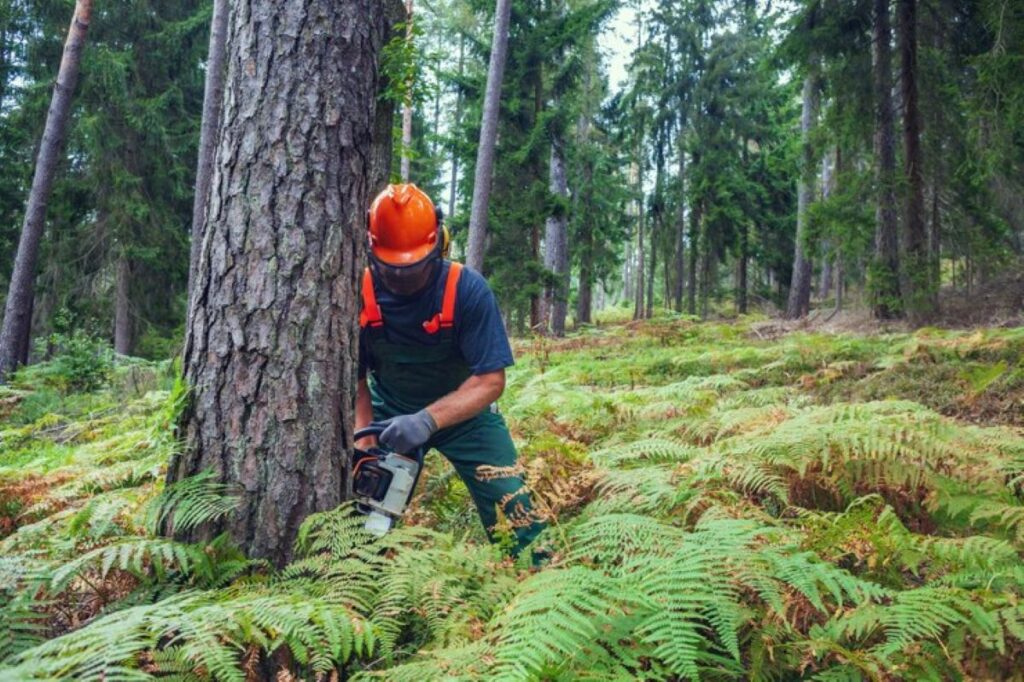
The Importance of Training and Experience in Safe Tree Removal
While local knowledge is invaluable, its effectiveness is amplified by proper training and professional experience. Tree removal professionals must regularly engage in training programs focused on the latest safety techniques and equipment uses.
This emphasis on continuous education allows professionals to stay current with innovations in tree removal practices. Combining this training with local knowledge leads to a workforce that is not only skilled but also deeply attuned to the needs and conditions of the Blue Mountains. Additionally, experienced professionals are adept at assessing the risks associated with each tree removal project, considering factors such as proximity to power lines, the stability of the surrounding soil, and the potential impact on nearby structures. Their expertise enables them to devise strategic plans that prioritize safety and efficiency, ensuring that both the workers and the environment are safeguarded throughout the process.
The Environmental Impact of Tree Removal in the Blue Mountains
One cannot discuss tree removal without considering its environmental ramifications. It is essential to balance the need for tree removal with the preservation of the unique ecosystem found in the Blue Mountains.
The Role of Local Knowledge in Minimizing Environmental Damage
Local knowledge empowers tree removal professionals to assess the ecological significance of specific trees. This allows them to prioritize which trees to remove and which to preserve based on their importance to the local ecosystem.
By employing sustainable practices, such as selective cutting and careful consideration of nearby flora and fauna, professionals can significantly minimize environmental harms. Such measures ensure that the beauty of the Blue Mountains is preserved for future generations while still addressing the need for tree management.
Moreover, local knowledge extends beyond just identifying which trees to remove. It encompasses understanding seasonal wildlife patterns, soil health, and the interconnectedness of various plant species. For instance, some trees may serve as vital habitats for native birds or insects, while others may be crucial for preventing soil erosion. By incorporating this holistic view, tree removal can be conducted in a manner that respects and enhances the intricate web of life that characterizes the Blue Mountains.
Sustainable Tree Removal: A Balance of Safety and Conservation
Incorporating sustainability into tree removal practices is essential for protecting the environment. Local experts often recommend replanting native species after tree removal to ensure that the local ecosystem remains intact.
This approach not only restores balance but also fosters biodiversity in the region, leading to a healthier environment. Sustainable methods can mitigate potential backlash from environmental groups and localized stakeholders concerned about habitat destruction.
Additionally, the choice of native species for replanting is critical. Native plants are better adapted to the local climate and soil conditions, making them more resilient and supportive of local wildlife. This practice not only aids in soil stabilization but also provides food and shelter for various animal species, creating a thriving ecosystem. Furthermore, community involvement in replanting initiatives can enhance public awareness and appreciation for the natural environment, fostering a collective responsibility towards conservation efforts in the Blue Mountains.
The Future of Tree Removal in the Blue Mountains
As the Blue Mountains continue to evolve, so too must the practices of tree removal. The future promises advancements that emphasize safety, efficiency, and environmental consciousness through local knowledge.
The Role of Technology in Enhancing Local Knowledge
Emerging technologies offer innovative solutions that enhance local knowledge applications in tree removal. For instance, the use of drones for surveying difficult terrain or remote areas can provide useful insights without risking worker safety.
Moreover, software programs that analyze ecological data can further aid professionals in making informed decisions about which trees to remove and how to do it sustainably. These technological advances, combined with local expertise, present huge potential for effective tree management.
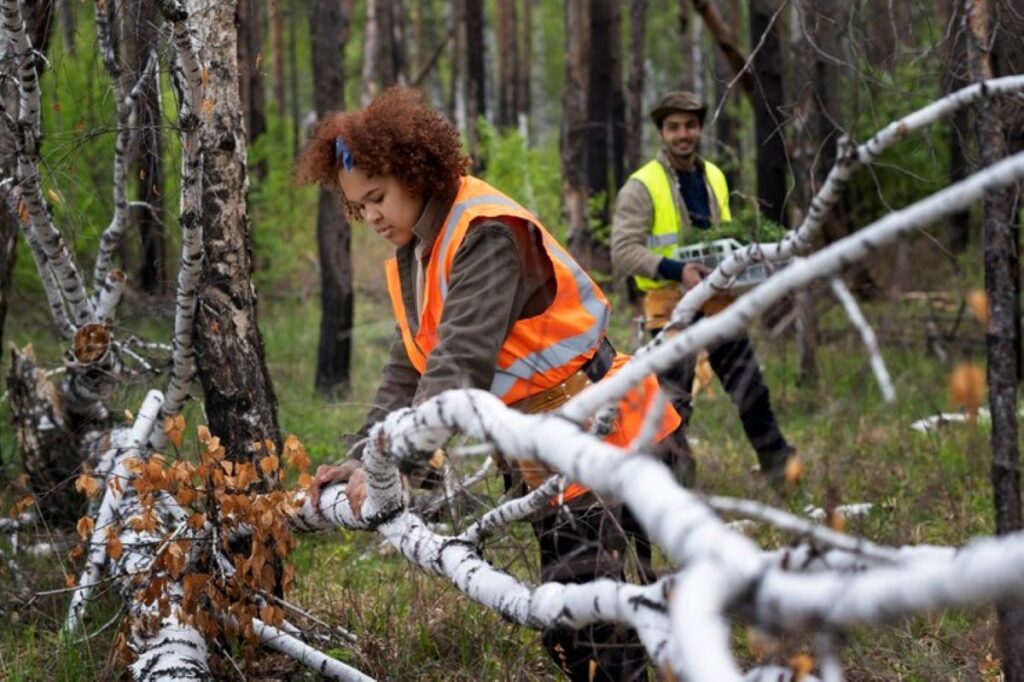
The Importance of Community Engagement in Tree Removal Practices
Community engagement remains a vital component of tree removal strategies in the Blue Mountains. Involving community members in discussions about tree removal ensures that their concerns and suggestions are considered in the planning process.
Local knowledge shared through community interactions can lead to better-informed decisions that align with both safety and conservation goals. By fostering a collaborative environment, tree removal professionals can enhance their practices while building stronger community ties.
In conclusion, local knowledge is not just an asset but a necessity for safe and effective tree removal in the Blue Mountains. The unique environment demands a combination of experience, training, and community engagement to ensure that both safety and environmental integrity are upheld. Emphasizing local expertise will ultimately pave the way for a more sustainable future in tree management across this iconic region.
More to Read: Tree Removal Blue Mountains: Navigating the Unique Challenges

